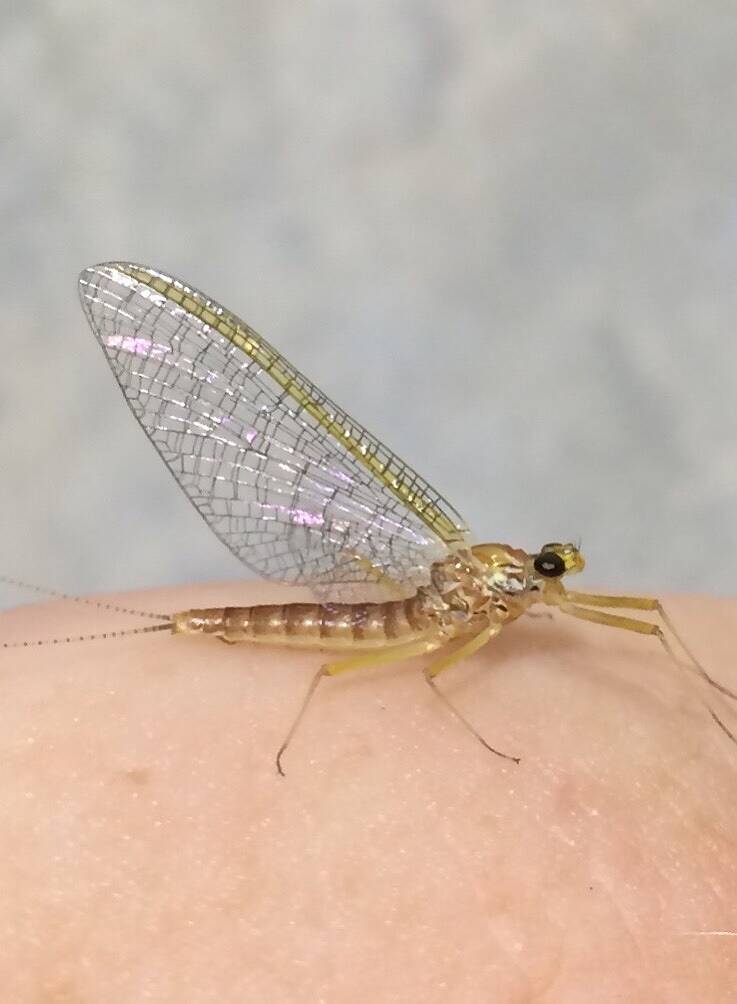
Blue-winged Olives
Baetis
Tiny Baetis mayflies are perhaps the most commonly encountered and imitated by anglers on all American trout streams due to their great abundance, widespread distribution, and trout-friendly emergence habits.
Featured on the forum

This specimen keys to the Epeorus albertae group of species. Of the five species in that group, the two known in Washington state are Epeorus albertae and Epeorus dulciana. Of the two, albertae has been collected in vastly more locations in Washington than dulciana, suggesting it is far more common. On that basis alone I'm tentatively putting this nymph in albertae, with the large caveat that there's no real information to rule out dulciana.

Troutnut is a project started in 2003 by salmonid ecologist Jason "Troutnut" Neuswanger to help anglers and
fly tyers unabashedly embrace the entomological side of the sport. Learn more about Troutnut or
support the project for an enhanced experience here.

Orvisman
Posts: 1
Posts: 1
Orvisman on Aug 23, 2018August 23rd, 2018, 7:20 pm EDT
I found this spinner near my work at a wastewater treatment plant. It's about 1km from a fairly slow large river. It’s body is about 13mm in length, and looks to be from the family heptageniidae. Is it from the genus heptagenia? Picture was taken close to Edmonton Alberta Canada.
Thank you
Thank you
Martinlf on Aug 26, 2018August 26th, 2018, 1:22 am EDT
Thanks for posting. I wish I knew enough to say, but one of our bug experts should eventually get around to taking a look. Heptagenia seems like a likely genus to me, anyway: two tails, dark veins in the wings. Good photo, with plenty of detail!
"He spread them a yard and a half. 'And every one that got away is this big.'"
--Fred Chappell
--Fred Chappell


